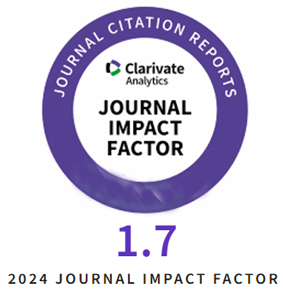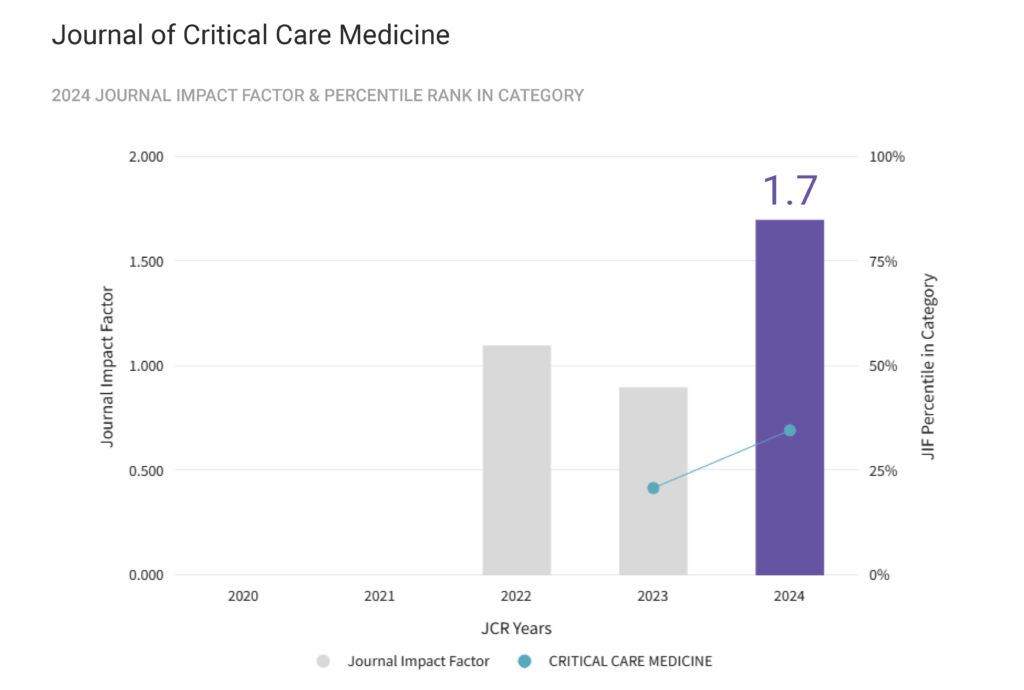Introduction: Hemoptysis is a commonly encountered diagnosis caused by blood originating from the respiratory tract. Current pharmacological guideline recommendations for treatment do not exist. Tranexamic acid is a synthetic anti-fibrinolytic used in the management of various bleeding complications. Tranexamic acid has gained popularity for the treatment of hemoptysis with limited side effect knowledge. Our aim is to describe the clinical characteristics of patients receiving nebulized tranexamic acid for hemoptysis and compare clinical outcomes to those of patients receiving supportive care.
Materials and Methods: This is a retrospective descriptive analysis performed in medical and ICU units at three tertiary hospitals. All patients were hospitalized with hemoptysis between January 1st, 2018 – December 31st, 2021. Demographic information, severity variables, and clinical outcomes were collected from medical records. For statistical analysis, we used t-test for continuous variables, chi-square or fishers’ exact test for categorical variables, and propensity analysis to adjust for disease severity and underlying medical conditions.
Results: 488 patients were identified; 96 received tranexamic acid. There were slightly more smokers in the no TXA group (p = 0.04) but otherwise the two groups were similar in terms of demographic characteristics. The average length of hospital and ICU stay, need for mechanical ventilation or bronchoscopy, and mortality were significantly higher in the tranexamic acid group (p<0.01). The propensity analysis showed higher odds of death with nebulized tranexamic acid use, OR 2.51 (1.56-4.02).
Conclusions: There appears to be an indication bias for tranexamic acid based on disease severity without an obvious improvement in clinical outcomes. Our analysis suggests that nebulized tranexamic acid for hemoptysis may be potentially harmful, and further larger prospective research is warranted.
Nebulized tranexamic acid for hemoptysis in critically and non-critically ill patients:A retrospective analysis
DOI: 10.2478/jccm-2025-0031
Full text: PDF










